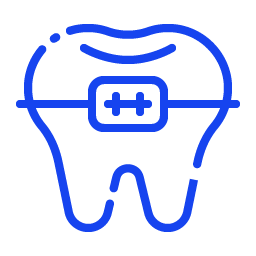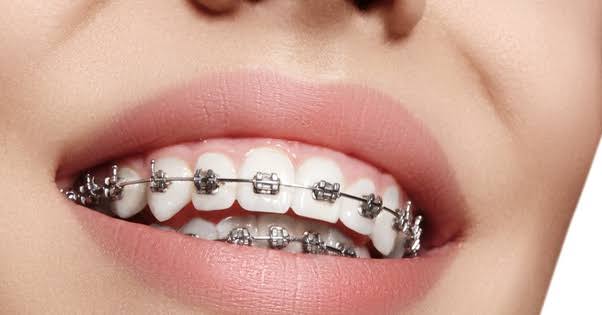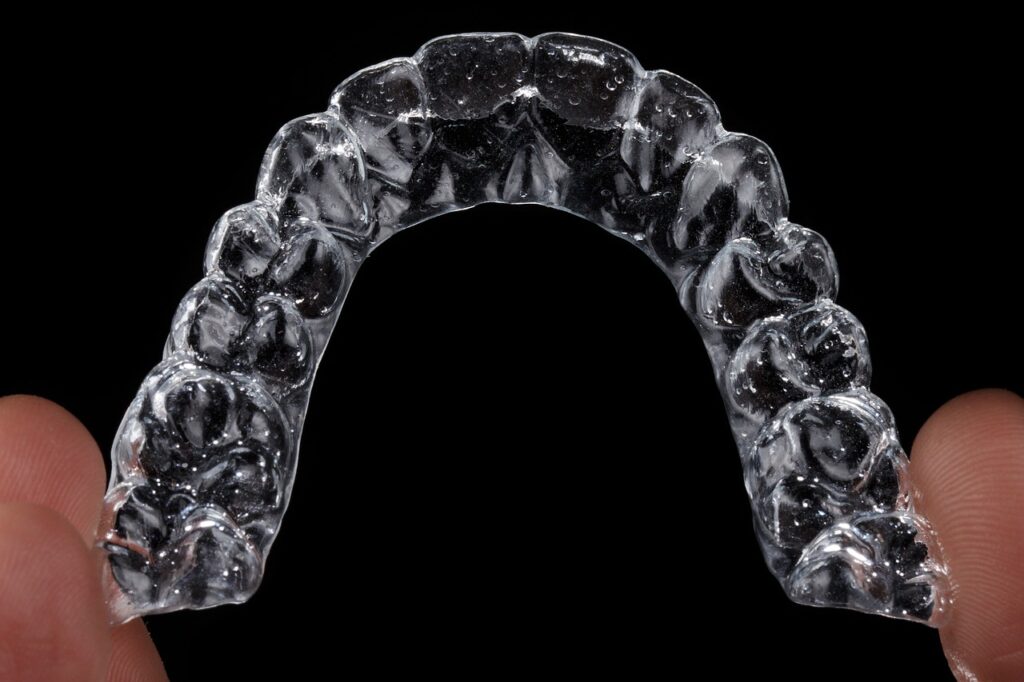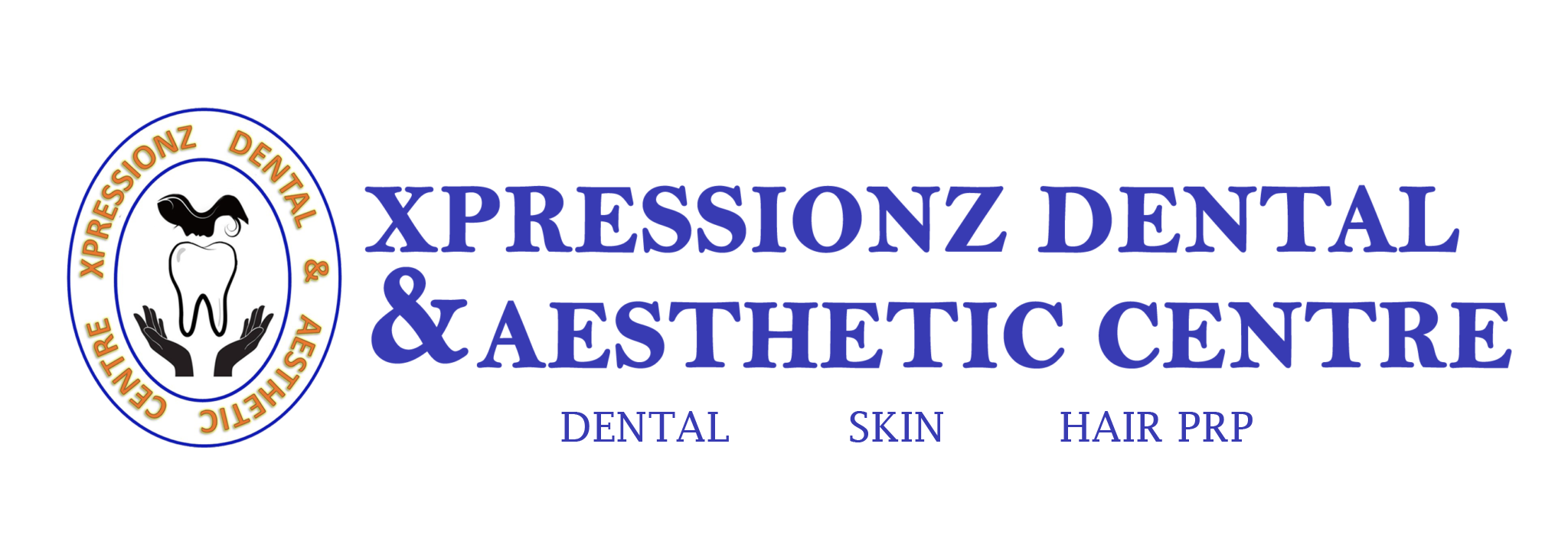Dental Braces
Having a straight, beautiful smile is something many people desire. Dental braces offer a solution for correcting dental misalignment, improving oral health, and boosting self-confidence. In this article, we will explore the benefits of dental braces, the different types available, the process of getting braces, and some helpful tips for living with braces.
Understanding Dental Misalignment
Dental misalignment, also known as malocclusion, refers to the improper alignment of teeth and jaws. It can result from various factors, including genetics, childhood habits, oral habits, and injuries. Dental misalignment can manifest in different forms, such as overcrowding, gaps, overbites, underbites, crossbites, and open bites.

Causes of Dental Misalignment
Genetics play a significant role in dental misalignment. If parents have misaligned teeth or jaws, there is a higher likelihood of their children experiencing similar issues. Other contributing factors include prolonged pacifier or thumb-sucking habits, tongue thrusting, mouth breathing, and early loss of primary teeth.
Types of Dental Misalignment
Dental misalignment can take various forms, each requiring specific orthodontic treatment. Overcrowding occurs when there is insufficient space in the jaw for teeth to align properly. Gaps, on the other hand, are spaces between teeth caused by missing or small teeth. Overbites refer to upper front teeth protruding over the lower teeth, while underbites involve lower teeth extending beyond the upper teeth. Crossbites occur when upper teeth sit inside the lower teeth, and open bites are characterized by a gap between the upper and lower teeth when the mouth is closed.

Benefits of Dental Braces
Dental braces offer numerous benefits beyond cosmetic improvements. Let’s explore some of the advantages they provide:
Correcting Teeth Alignment
The primary purpose of dental braces is to align teeth properly. By applying gentle and controlled pressure over time, braces gradually shift teeth into their desired positions. This correction not only enhances the appearance of the smile but also improves the function of the bite.
Improving Oral Health
Misaligned teeth can contribute to oral health issues such as tooth decay, gum disease, and difficulty in proper oral hygiene. By aligning the teeth, braces make it easier to clean the teeth thoroughly, reducing the risk of plaque buildup and gum problems. Straight teeth also help distribute biting forces evenly, minimizing the chances of excessive wear or jaw discomfort.
Enhancing Aesthetics and Self-Confidence
A beautiful smile can significantly impact one’s self-esteem and confidence. Dental braces help improve the alignment and aesthetics of the teeth, resulting in a more attractive smile. This transformation can boost self-confidence and positively impact various aspects of a person’s life, including personal relationships and professional interactions.
Different Types of Dental Braces
Dental braces come in several different types, allowing for individualized treatment based on specific needs and preferences.
Traditional Metal Braces
Traditional metal braces consist of metal brackets bonded to the teeth and connected by archwires. They are highly effective and suitable for addressing various types of dental misalignment. Although they are visible, modern metal braces are smaller and more comfortable than their predecessors.
Ceramic Braces
Ceramic braces work similarly to traditional braces but use tooth-colored or clear brackets instead of metal ones. This makes them less noticeable, offering a more discreet option for those who wish to minimize the visibility of their braces.
Lingual Braces
Lingual braces are placed on the backside of the teeth, making them virtually invisible from the front. They offer an aesthetic advantage while providing effective treatment for dental misalignment. Lingual braces are custom-made to fit each individual’s teeth, ensuring a comfortable and precise fit.
Clear Aligners
Clear aligners, such as Invisalign, are a popular alternative to traditional braces. They consist of a series of removable transparent trays that gradually shift the teeth into alignment. Clear aligners are nearly invisible and offer the added convenience of being removable for eating and oral hygiene routines.

The Process of Getting Dental Braces
Getting dental braces typically involves several steps and regular visits to an orthodontist.
Initial Consultation
The first step is an initial consultation with an orthodontist. During this visit, the orthodontist will evaluate the patient’s teeth and jaw alignment, discuss treatment goals, and explain the available options.
Orthodontic Assessment
Following the consultation, an orthodontic assessment will be conducted, which may include X-rays, photographs, and dental impressions. This comprehensive evaluation helps the orthodontist develop a personalized treatment plan.
Treatment Planning and Customization
Based on the assessment, the orthodontist will create a customized treatment plan, outlining the specific goals and steps required to achieve the desired results. This plan takes into account the type of braces chosen and the estimated duration of the treatment.
Braces Placement and Adjustments
Once the treatment plan is finalized, the braces will be placed on the teeth. This involves bonding brackets to the teeth and connecting them with archwires. Periodic adjustments will be necessary throughout the treatment duration to gradually guide the teeth into proper alignment.
Regular Checkups and Maintenance
During the treatment period, regular checkup appointments with the orthodontist will be scheduled. These visits allow for monitoring the progress, making adjustments as needed, and ensuring the braces are functioning correctly. Good oral hygiene practices and adherence to any dietary restrictions or instructions provided by the orthodontist are essential for successful treatment.
Tips for Living with Dental Braces
Living with dental braces requires some adjustments and extra care. Here are some tips to make the experience more comfortable and effective:
Oral Hygiene Practices
Maintaining excellent oral hygiene is crucial during orthodontic treatment. Brushing after every meal, flossing with special orthodontic floss, and using mouthwash are essential for keeping the teeth and braces clean. Orthodontic kits with interdental brushes and floss threaders can be helpful tools.
Dietary Considerations
Certain foods can damage braces or get stuck in them, prolonging treatment or causing discomfort. Hard, sticky, or chewy foods should be avoided. It’s best to stick to soft foods, cut fruits and vegetables into small pieces, and avoid habits like biting on pens or chewing ice.
Handling Discomfort or Pain
It is normal to experience some discomfort or soreness when braces are first placed or after adjustments. Over-the-counter pain relievers and rinsing with saltwater can help alleviate the discomfort. Soft food, cold drinks, or applying orthodontic wax to rough areas can also provide relief.
Frequently Asked Questions about Dental Braces
How long does the treatment with braces typically take?
The duration of orthodontic treatment with braces varies depending on the complexity of the case and individual factors. On average, treatment can range from 1 to 3 years. Regular checkups and following the orthodontist’s instructions are crucial for achieving optimal results within the estimated timeframe.
Can adults get dental braces?
Yes, adults can certainly get dental braces. Age is not a limitation when it comes to improving dental alignment. Adult orthodontic treatment has become increasingly popular, and various options, including discreet braces, are available to suit adult lifestyles and preferences.
Will braces affect speech?
Braces may cause a slight adjustment period in speech for some individuals. The tongue and lips may need time to adapt to the presence of braces. However, speech typically returns to normal within a short time as the mouth adjusts.
Are there any food restrictions with braces?
Certain foods should be avoided during orthodontic treatment to prevent damage to the braces or wires. Sticky or chewy foods, hard candies, popcorn, and biting into whole apples or corn on the cob should be avoided. It’s important to follow the dietary guidelines provided by the orthodontist to ensure the braces remain intact and treatment progresses smoothly.
How do I maintain oral hygiene with braces?
Maintaining good oral hygiene with braces requires extra effort. It’s essential to brush thoroughly after every meal, ensuring all food particles are removed from the braces and teeth. Flossing with specialized orthodontic floss or using interdental brushes is necessary to clean between the brackets and wires. Regular dental checkups and cleanings are also vital to monitor oral health progress.
Conclusion
Dental braces offer a transformative solution for correcting dental misalignment and achieving a beautiful, aligned smile. By understanding the benefits, types, and process of getting braces, individuals can make informed decisions regarding their orthodontic treatment. With proper care and regular checkups, dental braces can help individuals attain improved oral health, increased self-confidence, and a smile they can proudly show off.
Become The Next Our Happy Patient
We value open communication and are eager to assist you with any inquiries or concerns you may have. Our dedicated team at Xpressionz is here to provide you with the support you need.



